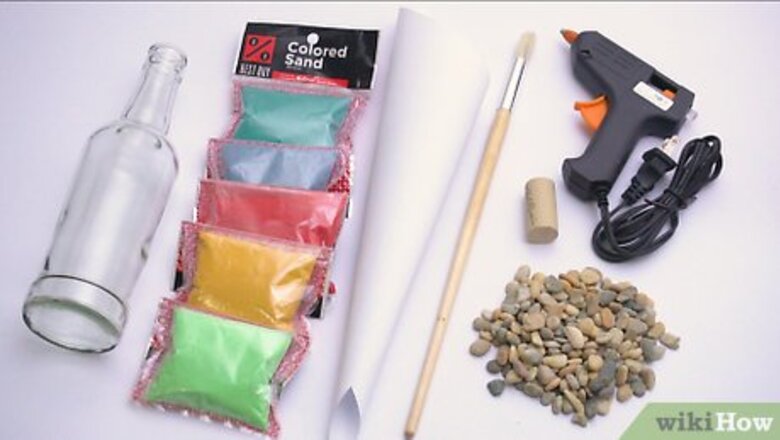
views
Using Colored Sand
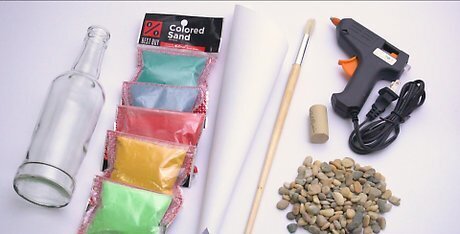
Plan out the materials you’ll need. Do you want to make a vase? A terrarium? How many colors of sand do you want to use? Generally speaking, most pieces look best if they have a specific color palette that’s kept to. You can find colored sand at most craft supply stores. You’ll also need: Glass bottles Objects like plants, if desired A funnel A device for moving sand, like a paintbrush or spoon

Start layering the sand. This is easiest to do if you use a funnel – you can either use an actual funnel or a piece of paper (where you can control the size of the tip). Move the funnel around to aim where you want the sand to lie – uneven layers look best (and are easiest, anyway). The funnel is the simplest device to create interesting looking layers and to make a pattern. And the beauty of sand art is that if you mess up, you can just start back over. If it doesn’t look how you imagined it to look, use a tool like a paintbrush to adjust the sand into the appropriate position.
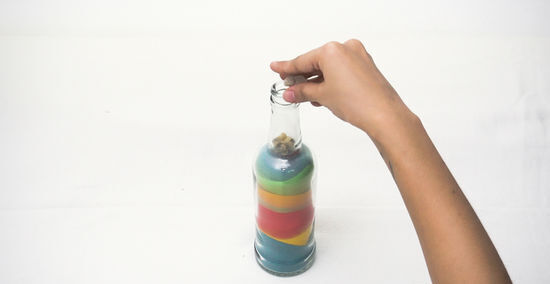
Add in objects as you please. If you’re going for a terrarium look, you may wish to add objects like rocks, plants, or twigs to your bottle. Some people like to put rocks in the bottom so if the bottle is to be lifted up, you can see the “roots.” You can add a smaller vase or bottle inside your bottle and put sand around it. Then you can easily put something inside the smaller vase – and it'll look like it's buried in the sand.
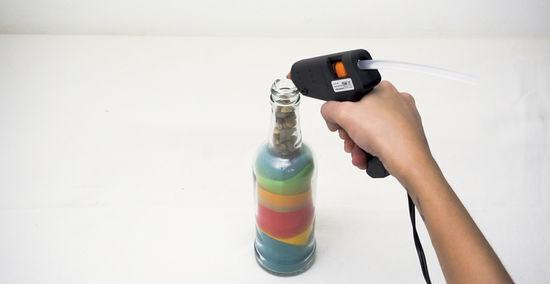
If there is a cork or top, seal it with a hot glue gun. Once the bottle is full and you're happy with your creation, line the top or cork with a small line of hot glue (you don't want it spreading) and apply gently to the base. This isn't necessary, but it does keep sand from going everywhere should it knocked over or fall from a ledge.
Using Sugar and Food Coloring
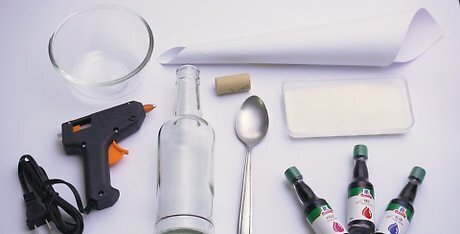
Gather your materials. The amount you need of everything will be determined by how many pieces you plan on making. Here's what you'll need: Sugar Food coloring Glass bottles with corks Bowls Spoons A hot glue gun
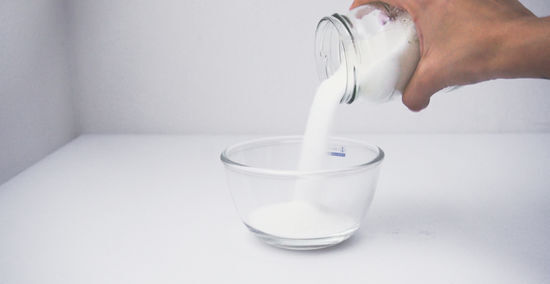
Put the sugar into bowls. Separate the sugar into one bowl for every color. Make a little bit more than you think you need. You can always use the colored sugar for cookies or other desserts later.
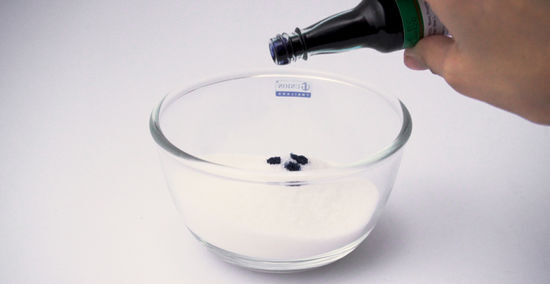
Put a few drops of food coloring in the sugar and mix it with a spoon. Start with just a few drops and see what the color looks like; then add more if you need it. Just a drop or two will make it significantly darker. Mix it well to disperse it evenly. Do the same for all the separate colors. You’ll need separate bowls of sugar for each color. Combine red and yellow to make orange, blue and yellow to make green, and red and blue to make purple. Consider combining two colors of sand for a two-toned look as well.

When all of the food coloring is soaked in the sugar, start kneading it with your hands. This mixes up the color better and evens out the texture. It’s okay if it’s clumpy; that’s normal.
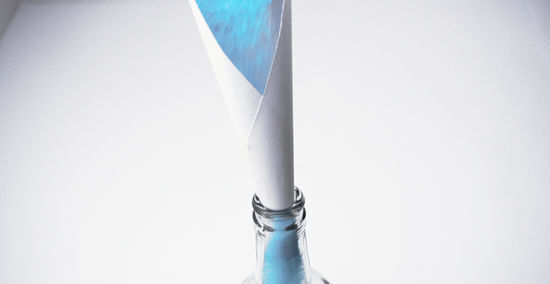
Start filling the glass bottles. Depending on the size and shape of your bottle, you’ll need different materials to create layers. You could just spoon the sand in – but to be more precise you’ll need a funnel. Put a piece of paper into a cone shape and use it to funnel in the sand. Alternatively, you could use a straw or other similar device. If the sand doesn’t lay perfectly, you can adjust it with the end of a spoon or a toothpick. Try to create a pattern; using a funnel will be the easiest way to do this. Try tilting the bottle or vase and building on the sides, too.
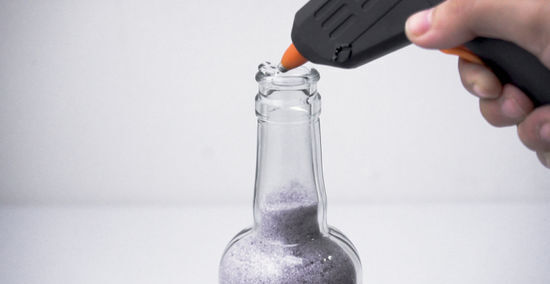
Use hot glue to seal the cork. When the bottle is full, put hot glue on the bottom of the cork and the rim of the bottle. Stick the cork in the bottle and let it dry for 5 minutes. The glue will be really hot! Be very careful not to touch it. Once it's sealed, the art is ready for display.
Using Sand and Gel Color
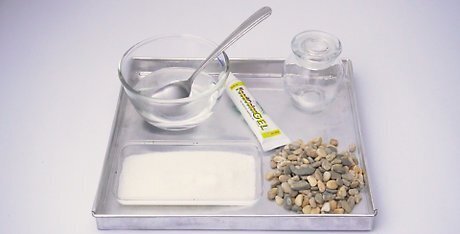
Get everything you need together. Though sugar and food coloring is easiest, you may find that you get brighter, more vibrant colors with sand and gel color. Play sand (darker sand is better for darker colors) is available at home improvement stores or pet stores for just a few dollars. Apart from those two things, you’ll also need: Bowls of hot water Glass containers or vases Flowers (optional)
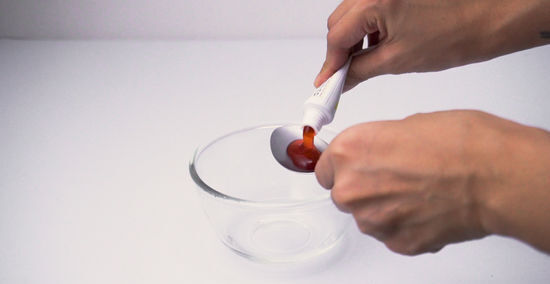
Dissolve the food coloring in hot water. Each color will need its own bowl of hot water. Not boiling, but hot – microwave it for about a minute and it should be enough. You’ll need about 1-3 spoonfuls of gel color for each bowl (depending on how vibrant you want it). If gel coloring isn’t accessible, you can use powdered tempera paint. Liquid tempera paint works, too, you just have to remove the water and work very, very slowly when you add it to the sand.

Separate your sand into bowls, and pour the water over each one. You’ll likely want 1 part water to 3 parts sand. Any more and the sand may not absorb the liquid. Stir until the color is fully and evenly immersed throughout the sand – you may find that using a whisk is best. It should be clumpy and not too liquid-y.
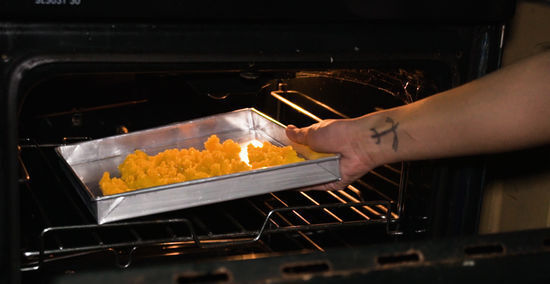
Dry the sand. This can be done one of two ways: Drain out the excess liquid. Then spread it on a baking sheet to dry overnight. Alternatively, pop it into the oven at 200 degrees C (350 F) on a baking sheet for 10-15 minutes or until dry.
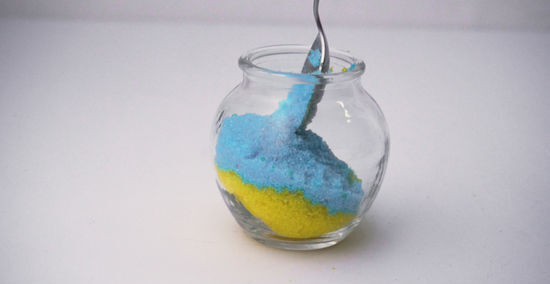
Design your sand art. With dry sand, you’re ready to go. Get out a glass bottle or vase and arrange your colored sand into accessible bowls. Here’s a few tips: Use a piece of paper or straw to act as a funnel. This will keep where you sand goes precise and even. Make layers, tilting the vase as necessary to create interesting designs. Use the handle of a spoon, paintbrush or other small, thin device to move sand that doesn’t land where you want it. If you’d like, put a small vase inside a larger vase. Then put the sand around it, and flowers inside the smaller vase. This gives the illusion the flowers lodged in the sand when they’re really in a vase full of water.














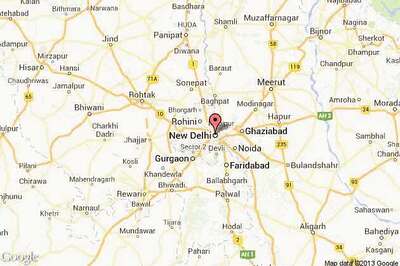





Comments
0 comment